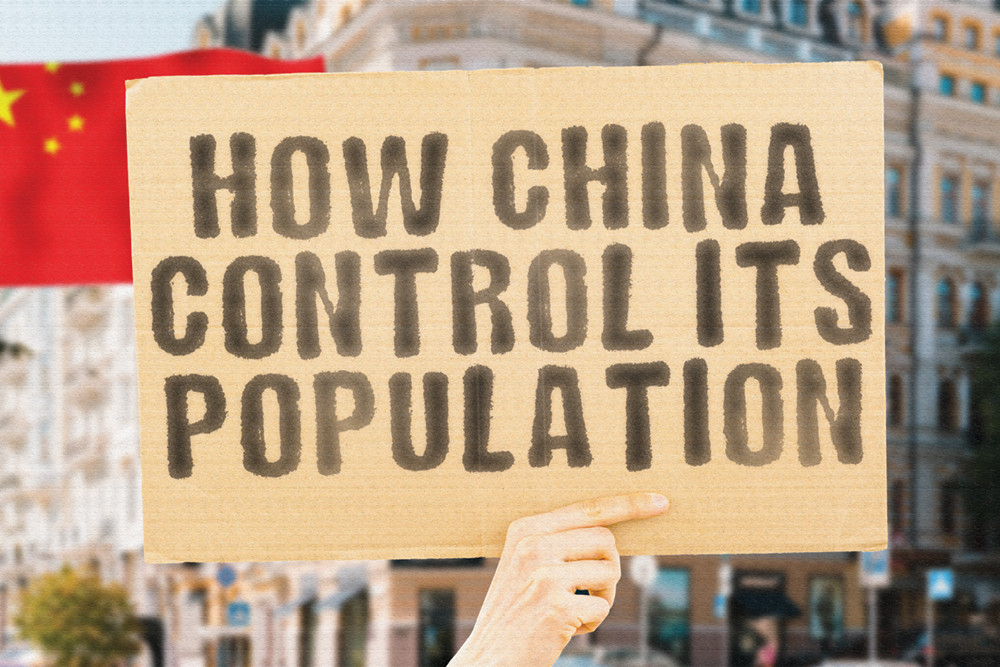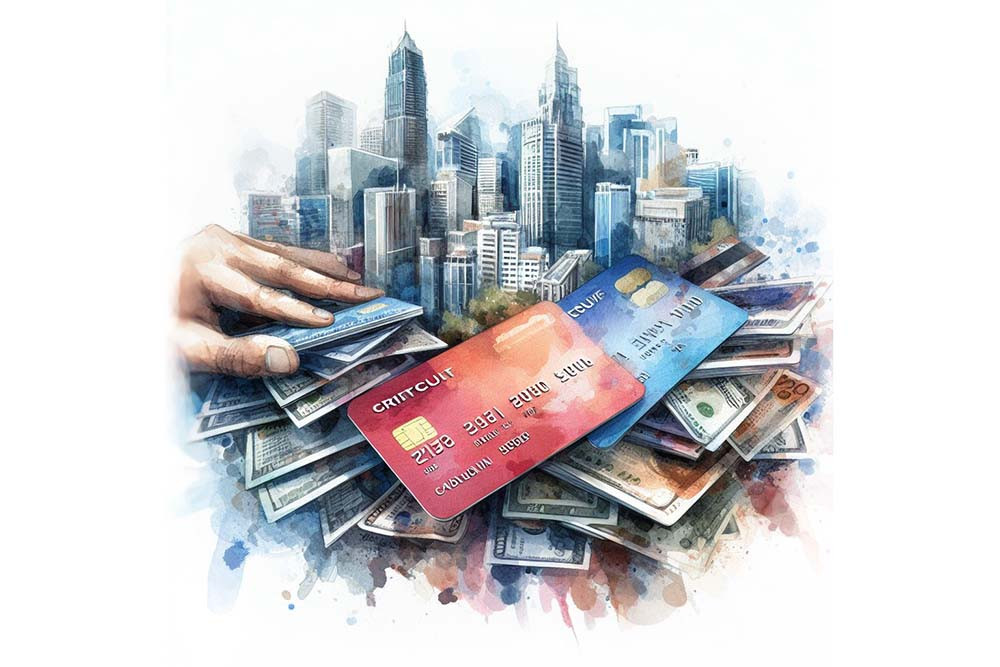
Robert Murphy’s new book “Understanding Money Mechanics” is an excellent primer for learning what money is, why it originated, and how it works in the world today.
As inflation climbs across the globe, the demand grows for understanding what money is and how it works in today’s world. Fortunately, economist Robert Murphy’s recent book Understanding Money Mechanics is an excellent primer. From explaining the origins of money, to the rise of the banking system and its modern operations, to the workings of the Federal Reserve, to simple guides to Bitcoin and Modern Monetary Theory (MMT), to timely lessons on inflation of the money supply, the book makes complicated topics easy.
For example, ever wonder where money came from? The answer is neither from the government nor from a central bank. As Dr. Murphy explains, long before the paper dollars we use today were introduced, people engaged in “direct exchange,” or barter, by trading the items they produced. For instance, a cobbler might trade his shoes to the baker in exchange for her bread.
But while barter may work for a short time, it faces insuperable problems. Consider what happens when the baker wants the cobbler’s shoes but the cobbler does not want the baker’s bread. Trade comes to a halt. This problem is overcome only if the baker is willing to trade her bread to a third person, say, a farmer, in exchange for the farmer’s eggs, even though she (the baker) does not want to consume the eggs herself. Rather, she trades knowing that the cobbler is willing to trade his shoes for the eggs. Eggs thus become for her a “medium of exchange.”
In a free market economy, traders quickly learn what items are marketable, the most “liquid” of which will emerge as money. Murphy cites, as a modern example, cigarettes in war camps and penitentiaries, which spontaneously arise among prisoners as a medium of exchange.
Historically, it is not difficult to see why precious metals like gold and silver emerged as the most enduring mediums of exchange (although cattle, tobacco, salt, tea, and other commodities have been used at various times throughout history). Not only are they inherently desirable, but they are durable, difficult to counterfeit, easily transportable, and divisible.
Murphy chronicles the experience of the United States under the Gold Standard, which persisted throughout most of the period from the founding in the late-1780s until 1914, though the 1870s-1914 is considered to be the “classical era” of the gold standard since most major countries had adopted it during that time. Under the gold standard, the federal government-issued currency either directly in or backed by gold and silver. The result, he argues, is that fiscal discipline was generally enforced and the dollar typically held its value. If the federal government spent too much, gold would flow out of the United States and to foreign governments, forcing the US government to cut its spending (Murphy nicely illustrates through simple examples the mechanics of this process).
Whatever the merits or demerits of the Gold Standard, it is a far cry from our world today. The Federal Reserve Act of 1913 significantly weakened it, and it officially ended in 1971 under Richard Nixon. Today, instead of using “commodity money,” that is, a commodity like gold that is desirable independently of its use as money, we use “fiat money,” or money that has no intrinsic desirability outside its legal status as money.
Under such a system, it is easy for the Federal Reserve (Fed) to expand the money supply, which it did to the tune of trillions of dollars following the 2008 crisis, and again after the 2020 shutdowns from Covid 19. In fact, expansion of the money supply has become so effortless that a burgeoning movement of economists argue that, because the Fed can “print” an unlimited number of dollars, we should not worry about how to “pay for” any government programmes we desire.
After all, the thinking goes, we can never run out of money. This is known as “Modern Monetary Theory,” or MMT. Critics of MMT all too often dismiss it as a crackpot theory. This is a mistake. The movement has grown rapidly in recent years, and even enjoys support from members of Congress. Cavalier treatment of a seductive theory only serves to embolden its defenders and increase its attraction in the eyes of the public. That is why Murphy’s careful critique of it may be the most important chapter of the book.
While there are several problems with the theory, the most fundamental is that it confuses money with resources. When the government spends, even with money “printed out of thin air,” it transfers real resources in the economy. For example, when the government builds a new factory, the cost is not in terms of dollars, but in terms of the scarce resources it soaks up–the machinery, raw materials, labour, and capital.
The relevant question, therefore, is not how much it costs or whether we can “afford it,” but what those resources would have done had they not been commandeered by the government. Put simply, supporters of MMT tend to either neglect or deny the fundamental problem of resource constraints.
Nevertheless, most of Murphy’s book covers the many important and non-controversial aspects of money, including the economics of inflation so relevant today. Where matters of controversy are concerned, he does a good job of covering the standard textbook treatments of the issue (with additional links and resources included in the footnotes) and then critiquing them with insights they generally neglect.
Most impressively, he demystifies the complexities of money in the modern economy so that, no matter which economic camp one belongs to, everyone who reads it will find it worthwhile.
Source: fee.org
READ ALSO:
Published Date: February 16, 2022, 12:00 am
Post Comment
E-Magazine
RELATED Economics





